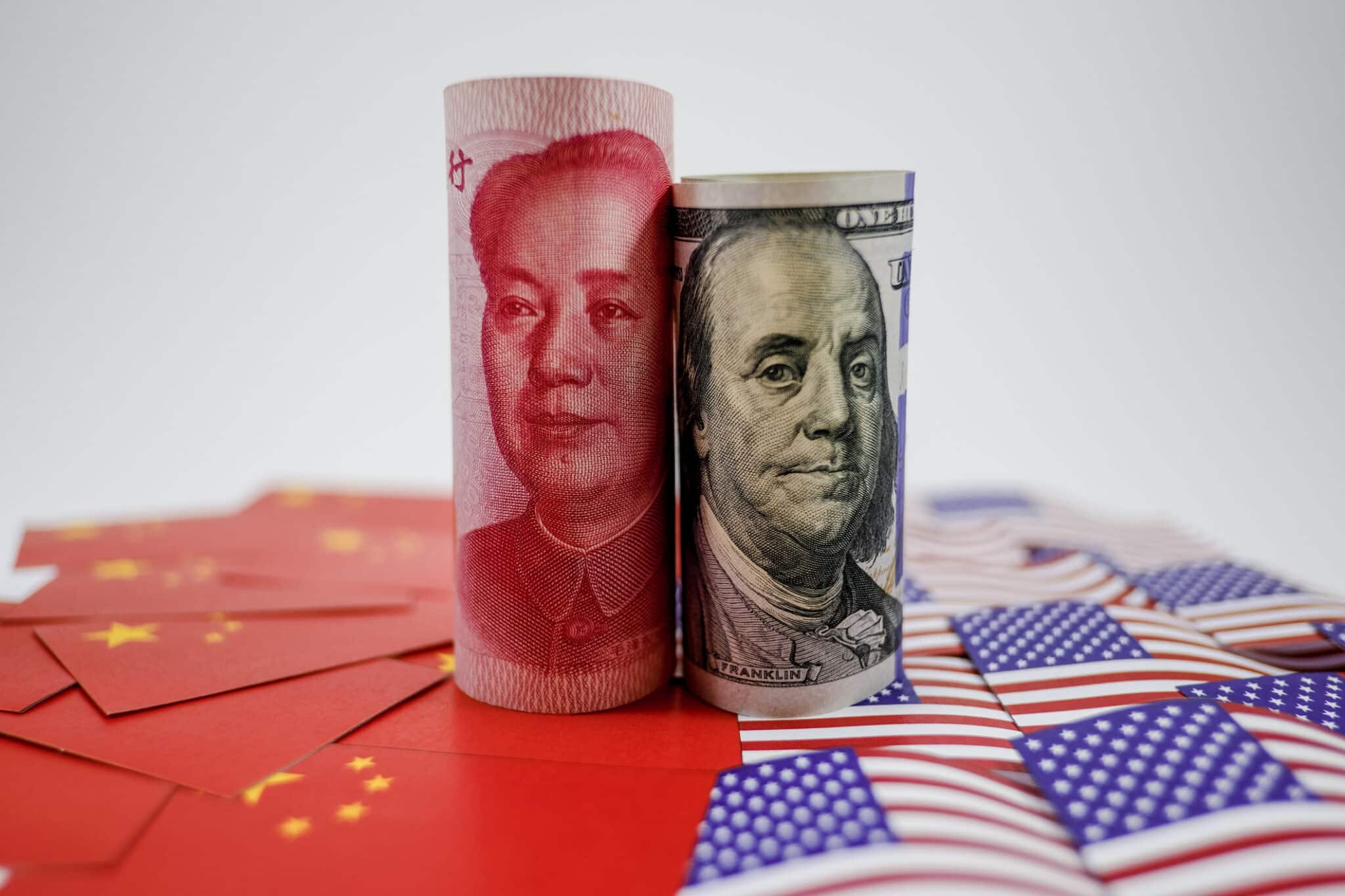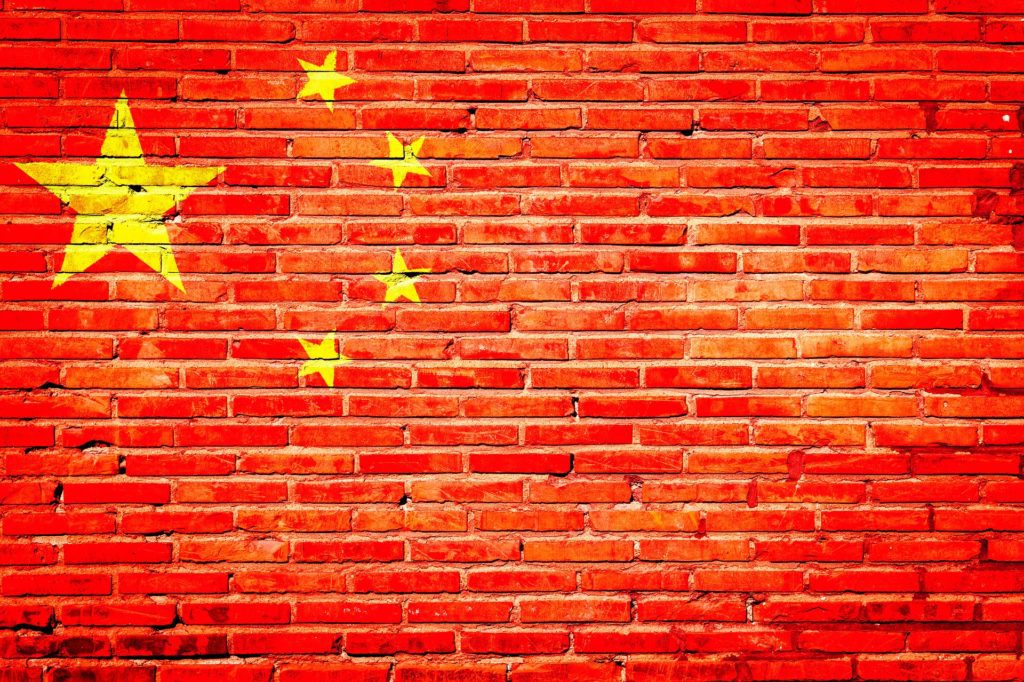Economists show the bruises are real and the long-term consequences detrimental, but the U.S.-Mexico-Canada Agreement could create additional market access for agriculture.
A year ago, a team of researchers led by Ohio State University received a grant to study how tariffs affect food, water and energy in America’s heartland. Coincidently, that’s about the same time that President Trump started the tariff tit-for-tat with China. Now, it’s not just scientific modeling that serves as the base for these numbers, but real evidence.
Brought on by forced technology transfer, discriminatory licensing restrictions, theft of intellectual property, investment restrictions and subsidies to state-owned enterprises,
Trump — as he campaigned on — was intent on “getting tough on China.”
While many in agriculture supported this notion and the mindset of “a little pain for long-term gain,” no one anticipated just how much pain China or U.S. farmers might have to endure.
In December, Chinese tariffs on U.S. goods are set to increase to 25.9%, while the rest of the world sits at 6.7%.
September through January is typically the time of year when the United States would be shipping a lot of soybeans to China, says Joe Glauber, a senior research fellow with the International Food Policy Research Institute in Washington, D.C.
Nearly two months into peak season, U.S. soybean exports for the week of Oct. 10 are 956,108 metric tons, down 40% from the five-year average. However, accumulated exports for the same report weren’t as distressing, coming in at 4,984,317 metric tons, down just 12.2%.
Jason Grant, who serves as director for Virginia Tech’s Center for Agricultural Trade, reminds that at the end of summer 2018 (when China would normally shift from buying in Brazil and South America to the United States), commercial buyers bought everything they could get their hands on from South America.
“Soybean prices out of the Paranaguá and the U.S. Gulf were similar,” shares Grant. “But when there’s a 25% tariff on U.S. soybeans, it created a huge divergence for buyers.”
Some new buyers out of Europe and Egypt were attracted to lower U.S. prices, but Glauber recognizes the sector’s commercial growth came from China.
As the trade war has expanded, so has its impact on agriculture, explains Amanda Countryman, a Colorado State University ag economist. It’s not just soybean growers who have been impacted, but also those who grow and export alfalfa, barley, peanuts, rice and other crops, she shares.
To help ease the pain, the U.S. government organized a market facilitation program (MFP) payout of nearly $30 billion. A second MFP payout is on the way but the amount hasn’t been set.
As such, Glauber anticipates increasing concern from World Trade Organization members about another government payout to farmers.
Leaders from the United States and China are working to end the bruising, with exemptions given and promises of government commitments.
In the meantime, if the trade war with China continues, Grant says the risk to U.S. market share is considerable.
“It’s tough to predict whether we will be able to rebuild market share,” he says. “In 2012, China began a major initiative to diversify where it sourced products.
“In 2012, 26% of the agricultural products China sourced came from the United States. In 2018, that number was 12%, and this year it has been 8%, as indicated by data from January through May.”
Grant adds that when the tariffs where first announced, soybean prices decreased 20% and have since bobbed around.
What’s in store for the future? Analysts share concerns and spotlight possible market gains.
In 2018, U.S. farmers produced a record number of soybeans at 4.54 billion bushels, according to the U.S. Department of Agriculture, with an average yield of 56.1 bushels per acre. This year, production predictions are down, and as of Sept. 30, USDA pegged stocks at 913 million bushels.
If the demand side of the equation was there, Grant says one might see some acreage and production growth in favor of soybeans in 2020, but that’s not likely.
Taking into account that China has bettered its infrastructure and improved feeding rations, coupled with the potential devastation to the pork industry from African Swine Fever, one could argue China will be forced to import more U.S. pork and soy.
Glauber adds while this might be good for U.S. pork exports, it’s not for soybean exports.
“If African Swine Fever hits China like expected, it could wipe out 30-40% of the country’s herd,” Glauber says. “This would mean the United States and Brazil will be fighting over a smaller China.”
On the upside, Countryman points out that the U.S.-Mexico-Canada Agreement will create additional market access for agriculture.
“The biggest win here for agriculture is eliminating the milk pricing systems and getting Canada to open up some of its previously closed sectors,” she says.
Additionally, she points to the bilateral trade agreement with Japan as the holy grail for the United States.
“We can recapture sizeable growth here,” Countryman says, adding that the beef, pork, dairy and wheat sectors will all benefit. “Japan is critically important, and it looks like we are making progress.”
On the flipside, Countryman also voices concern over the U.S. approach to trade.
“This power-based approach is the most aggressive we’ve seen in more than a decade,” she says. “It’s creating uncertainty in trade and markets.”
She explains that it worked to some extent with Mexico, but the country relies on its northern neighbor for nearly 80% of its exports.
Other countries, Countryman says, are looking to diversify away from U.S. purchases as a means to protect themselves.
“This negatively impacts U.S. agriculture moving forward,” she says.
Grant adds that where the United States was once the leader when it came to free trade agreements, we now lag.
“The European Union has 12 new early notifications registered; the United States has one,” he shares. “This really worries me …
“What the United States needs is to see Chinese tariffs at 3%; that’s what has driven commercial growth. Farmers want commercial trade, not government entities and commitments.”













